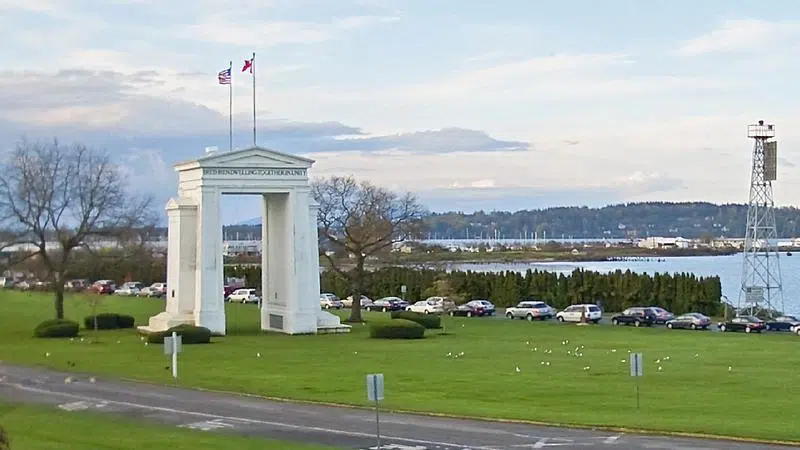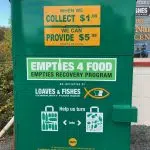
Canada-U.S. border to close to non-essential traffic during COVID-19 pandemic
OTTAWA — The Canada-U.S. border will be closed to non-essential traffic in both directions “by mutual consent,” the leaders of both countries confirmed Wednesday as efforts across the continent to contain the widening COVID-19 pandemic continued to upend daily life.
Trump disclosed the news on Twitter shortly after stock markets opened, following media reports in both countries that the White House and the federal Liberal government were in talks to limit the cross-border spread of the virus without choking off vital lines of commerce.
“We will be, by mutual consent, temporarily closing our Northern Border with Canada to non-essential traffic,” Trump tweeted. “Trade will not be affected.”
Prime Minister Justin Trudeau said in a morning news conference outside his home that he spoke with Trump earlier in the day, and likened the measure to the instructions from public-health officials that people avoid visiting their neighbours unless doing so is essential.


